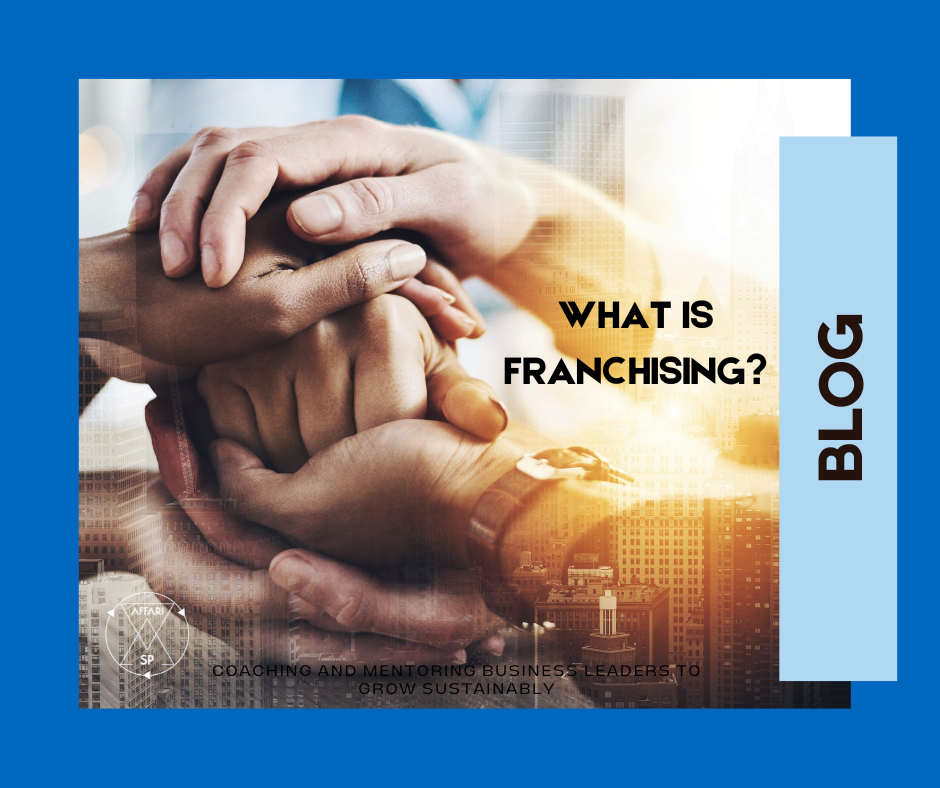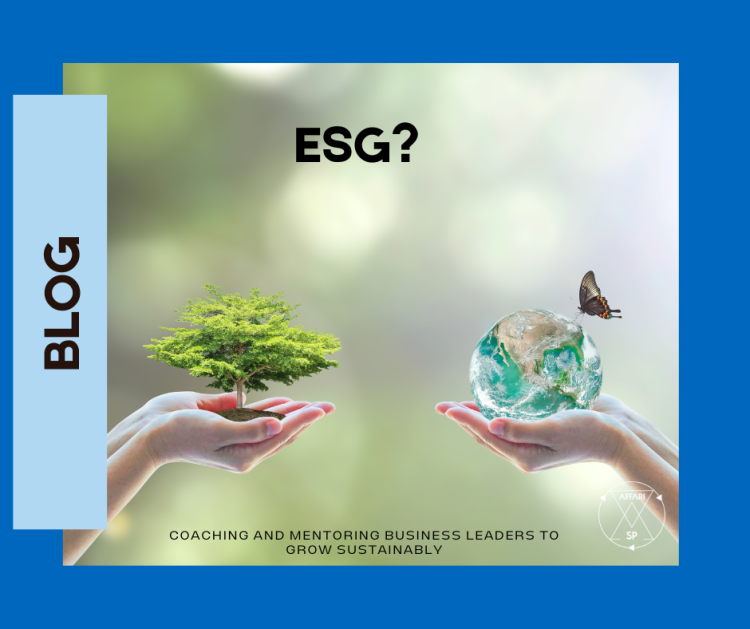What does franchising mean? – Navigating the franchisee-franchisor relationship
Author: Sara Pantaleo
Franchising definition
In the business world, franchising has emerged as a powerful model that allows entrepreneurs to expand their brand and reach while enabling individuals to realise their dreams of owning a business. At its core, franchising represents a unique franchisor and franchisee partnership. In this blog post, we will delve into what franchising means, how it works, and the dynamics of the franchisee-franchisor relationship.
Understanding Franchising
Franchising is a business model replicating a successful business concept by licensing the brand, products, and processes to independent franchise operators.
The franchisee pays a fee to the franchisor for the right to operate a business under its established brand, benefiting from proven systems, support, and marketing strategies.
This arrangement allows the franchisee to tap into an existing customer base while the franchisor benefits from expanding its brand without having to shoulder all the operational responsibilities.

The Franchisee-Franchisor Relationship
The franchisee and the franchisor’s relationship is at the franchising model’s heart. It’s a symbiotic partnership where both parties have distinct roles and responsibilities.
Franchisor Responsibilities
The franchisor provides the franchisee with an established brand, trademarks, and a proven business model. So, they offer training, guidance, and ongoing support to ensure the franchisee’s success.
In addition, franchisors develop a comprehensive operations manual that outlines all aspects of running the business, from daily operations to customer service standards.
Franchisors often manage national or regional marketing campaigns, benefiting all franchisees by driving customer awareness and foot traffic.
Franchisee Responsibilities
Franchisees invest in the franchise, paying initial fees and ongoing royalties, also known as management fees. This investment grants them the right to use the franchisor’s brand and systems.
Franchisees are responsible for day-to-day operations, including hiring and training staff, maintaining quality standards, and providing excellent customer service.
Franchisees must adhere to the franchisor’s established processes, quality standards, and operational guidelines outlined in the operations manual and franchise agreement.
Franchisees typically pay ongoing royalties or a percentage of their revenue to the franchisor for continued support and use of the brand. This will vary as some franchise models make their income from the products or charge a flat regular fee.
Most importantly, they provide local knowledge and engage with the community locally.

Mutual Success and Challenges
For franchising to succeed, both parties must work harmoniously towards common goals. Franchisees benefit from established brand recognition and support, while franchisors benefit from rapid expansion and increased market presence. However, challenges can arise. Such as:
- Consistency – Maintaining consistent brand experience across multiple locations can be challenging. Franchisees must adhere to the franchisor’s standards to uphold the brand’s reputation.
- Communication – Effective communication is crucial. Franchisees must provide feedback to the franchisor, and the franchisor must respond to franchisee concerns and suggestions.
- Changes and Adaptations – The business landscape evolves, and both parties need to be adaptable to changes in consumer preferences, technology, and market trends.
Successful franchisors have an open and transparent relationship with their franchisees and ensure 360 degrees of feedback through regular communication, franchisee engagement surveys and the establishment of franchise advisory committees/councils. This develops trust between the two parties, and franchisees can share new ideas and give constructive feedback to develop and continuously improve the brand.

Conclusion
Franchising is a remarkable avenue for entrepreneurs to realise their dreams of business ownership while leveraging the success of established brands. The franchisee-franchisor relationship forms the backbone of this model, with each party contributing to the overall success of the partnership.
As the franchise industry continues to evolve, fostering open communication, mutual respect, and a commitment to shared goals will remain essential for unlocking the full potential of franchising.
Watch our Webinar to find out if franchising is for you.
Contact us if you would like to learn more about franchising or discuss different franchise models.
What does franchising mean? – Navigating the franchisee-franchisor relationship Read More »






